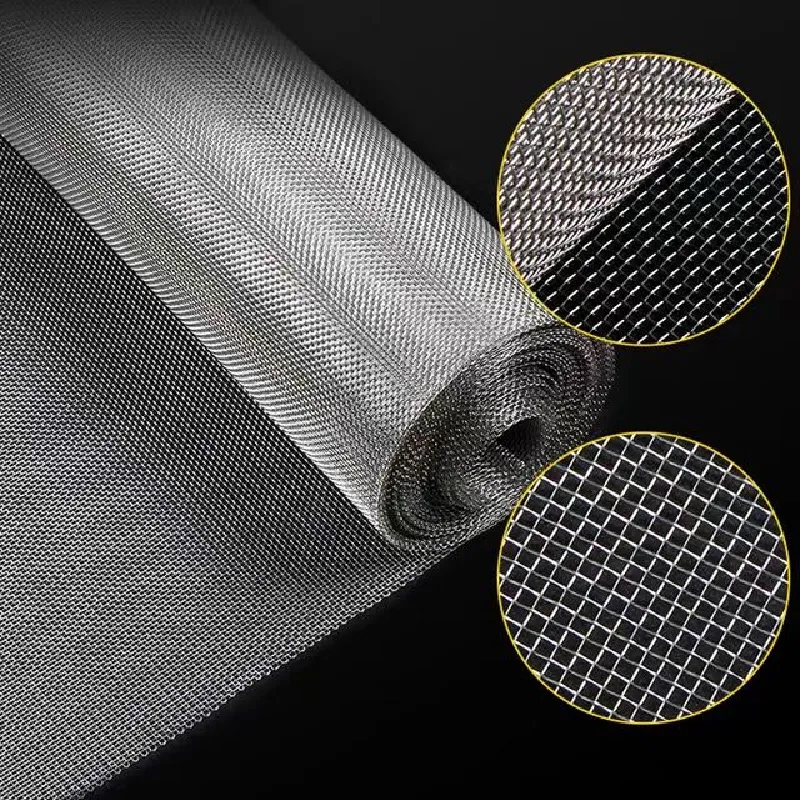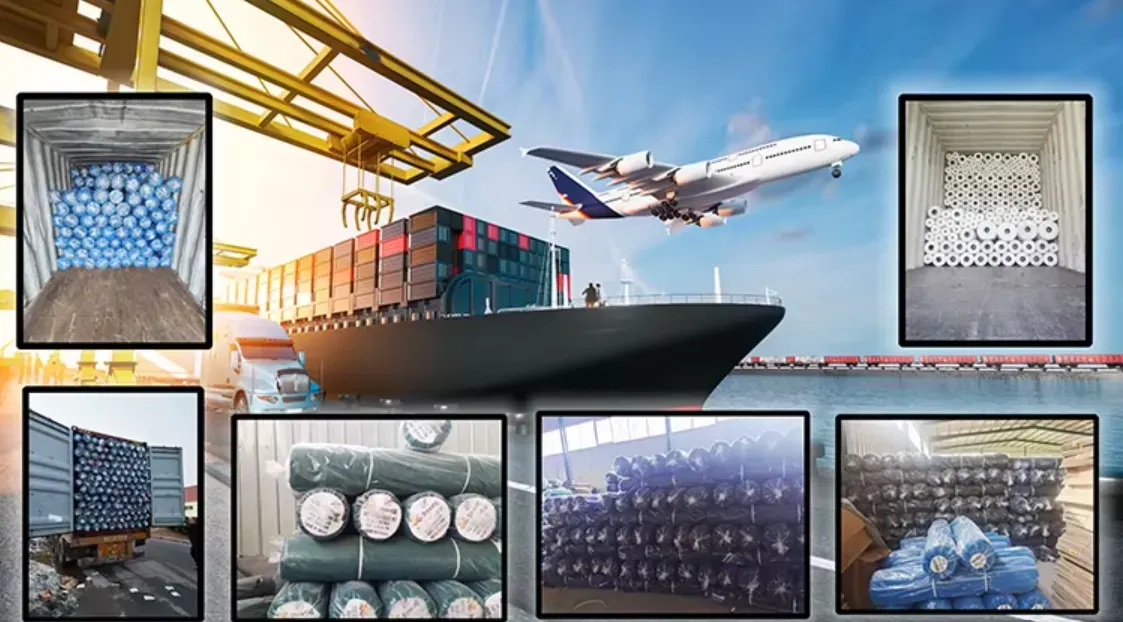-
 Afrikaans
Afrikaans -
 Albanian
Albanian -
 Amharic
Amharic -
 Arabic
Arabic -
 Armenian
Armenian -
 Azerbaijani
Azerbaijani -
 Basque
Basque -
 Belarusian
Belarusian -
 Bengali
Bengali -
 Bosnian
Bosnian -
 Bulgarian
Bulgarian -
 Catalan
Catalan -
 Cebuano
Cebuano -
 China
China -
 Corsican
Corsican -
 Croatian
Croatian -
 Czech
Czech -
 Danish
Danish -
 Dutch
Dutch -
 English
English -
 Esperanto
Esperanto -
 Estonian
Estonian -
 Finnish
Finnish -
 French
French -
 Frisian
Frisian -
 Galician
Galician -
 Georgian
Georgian -
 German
German -
 Greek
Greek -
 Gujarati
Gujarati -
 Haitian Creole
Haitian Creole -
 hausa
hausa -
 hawaiian
hawaiian -
 Hebrew
Hebrew -
 Hindi
Hindi -
 Miao
Miao -
 Hungarian
Hungarian -
 Icelandic
Icelandic -
 igbo
igbo -
 Indonesian
Indonesian -
 irish
irish -
 Italian
Italian -
 Japanese
Japanese -
 Javanese
Javanese -
 Kannada
Kannada -
 kazakh
kazakh -
 Khmer
Khmer -
 Rwandese
Rwandese -
 Korean
Korean -
 Kurdish
Kurdish -
 Kyrgyz
Kyrgyz -
 Lao
Lao -
 Latin
Latin -
 Latvian
Latvian -
 Lithuanian
Lithuanian -
 Luxembourgish
Luxembourgish -
 Macedonian
Macedonian -
 Malgashi
Malgashi -
 Malay
Malay -
 Malayalam
Malayalam -
 Maltese
Maltese -
 Maori
Maori -
 Marathi
Marathi -
 Mongolian
Mongolian -
 Myanmar
Myanmar -
 Nepali
Nepali -
 Norwegian
Norwegian -
 Norwegian
Norwegian -
 Occitan
Occitan -
 Pashto
Pashto -
 Persian
Persian -
 Polish
Polish -
 Portuguese
Portuguese -
 Punjabi
Punjabi -
 Romanian
Romanian -
 Russian
Russian -
 Samoan
Samoan -
 Scottish Gaelic
Scottish Gaelic -
 Serbian
Serbian -
 Sesotho
Sesotho -
 Shona
Shona -
 Sindhi
Sindhi -
 Sinhala
Sinhala -
 Slovak
Slovak -
 Slovenian
Slovenian -
 Somali
Somali -
 Spanish
Spanish -
 Sundanese
Sundanese -
 Swahili
Swahili -
 Swedish
Swedish -
 Tagalog
Tagalog -
 Tajik
Tajik -
 Tamil
Tamil -
 Tatar
Tatar -
 Telugu
Telugu -
 Thai
Thai -
 Turkish
Turkish -
 Turkmen
Turkmen -
 Ukrainian
Ukrainian -
 Urdu
Urdu -
 Uighur
Uighur -
 Uzbek
Uzbek -
 Vietnamese
Vietnamese -
 Welsh
Welsh -
 Bantu
Bantu -
 Yiddish
Yiddish -
 Yoruba
Yoruba -
 Zulu
Zulu
Mar . 06, 2025 11:45
Back to list
stainless woven wire mesh
Stainless woven wire mesh, a versatile and valued product, plays a crucial role across a myriad of industries, offering both practicality and reliability. Its design, combining durability with aesthetic appeal, makes it an essential component in various applications ranging from industrial to architectural uses. This article explores the multifaceted uses of stainless woven wire mesh, drawing on years of professional experience and industry knowledge.
Innovation continues to drive the evolution of stainless woven wire mesh. Recent advances have seen enhancements in weaving techniques, leading to the development of multi-layered meshes that offer augmented strength and filtration capacity. These newer versions cater to specialized applications, such as pharmaceutical manufacturing or high-precision laboratory settings, where even minor deviations can have substantial repercussions. Drawing on an authoritative perspective, as a seasoned professional, I advise comprehensive consultation with manufacturers or suppliers when selecting the right type of stainless woven wire mesh. They provide insights derived from extensive field knowledge and can offer tailored solutions that align with specific project requirements, ensuring optimal performance and cost-efficiency. Trust is further cemented through transparency and open communication between supplier and client, where understanding client needs translates into innovative product recommendations and applications. This collaborative approach has been instrumental in many successful implementations of stainless woven wire mesh in demanding environments. In conclusion, stainless woven wire mesh, with its blend of strength, flexibility, and aesthetic appeal, establishes itself as a product of choice across diverse fields. Its success is not merely rooted in its physical properties but also in the confidence and quality assurance it delivers. Trust, expertise, and a commitment to excellence are foundational pillars that ensure stainless woven wire mesh remains indispensable in both industrial and architectural domains. Business leaders and engineers alike recognize that leveraging this material can significantly enhance operational success, solidifying its role as a cornerstone in materials engineering.


Innovation continues to drive the evolution of stainless woven wire mesh. Recent advances have seen enhancements in weaving techniques, leading to the development of multi-layered meshes that offer augmented strength and filtration capacity. These newer versions cater to specialized applications, such as pharmaceutical manufacturing or high-precision laboratory settings, where even minor deviations can have substantial repercussions. Drawing on an authoritative perspective, as a seasoned professional, I advise comprehensive consultation with manufacturers or suppliers when selecting the right type of stainless woven wire mesh. They provide insights derived from extensive field knowledge and can offer tailored solutions that align with specific project requirements, ensuring optimal performance and cost-efficiency. Trust is further cemented through transparency and open communication between supplier and client, where understanding client needs translates into innovative product recommendations and applications. This collaborative approach has been instrumental in many successful implementations of stainless woven wire mesh in demanding environments. In conclusion, stainless woven wire mesh, with its blend of strength, flexibility, and aesthetic appeal, establishes itself as a product of choice across diverse fields. Its success is not merely rooted in its physical properties but also in the confidence and quality assurance it delivers. Trust, expertise, and a commitment to excellence are foundational pillars that ensure stainless woven wire mesh remains indispensable in both industrial and architectural domains. Business leaders and engineers alike recognize that leveraging this material can significantly enhance operational success, solidifying its role as a cornerstone in materials engineering.
Next:
Latest news
-
Shipping Plastic Bags for Every NeedNewsJul.24,2025
-
Safety Netting: Your Shield in ConstructionNewsJul.24,2025
-
Plastic Mesh Netting for Everyday UseNewsJul.24,2025
-
Nylon Netting for Every UseNewsJul.24,2025
-
Mesh Breeder Box for Fish TanksNewsJul.24,2025
-
Expanded Steel Mesh Offers Durable VersatilityNewsJul.24,2025











